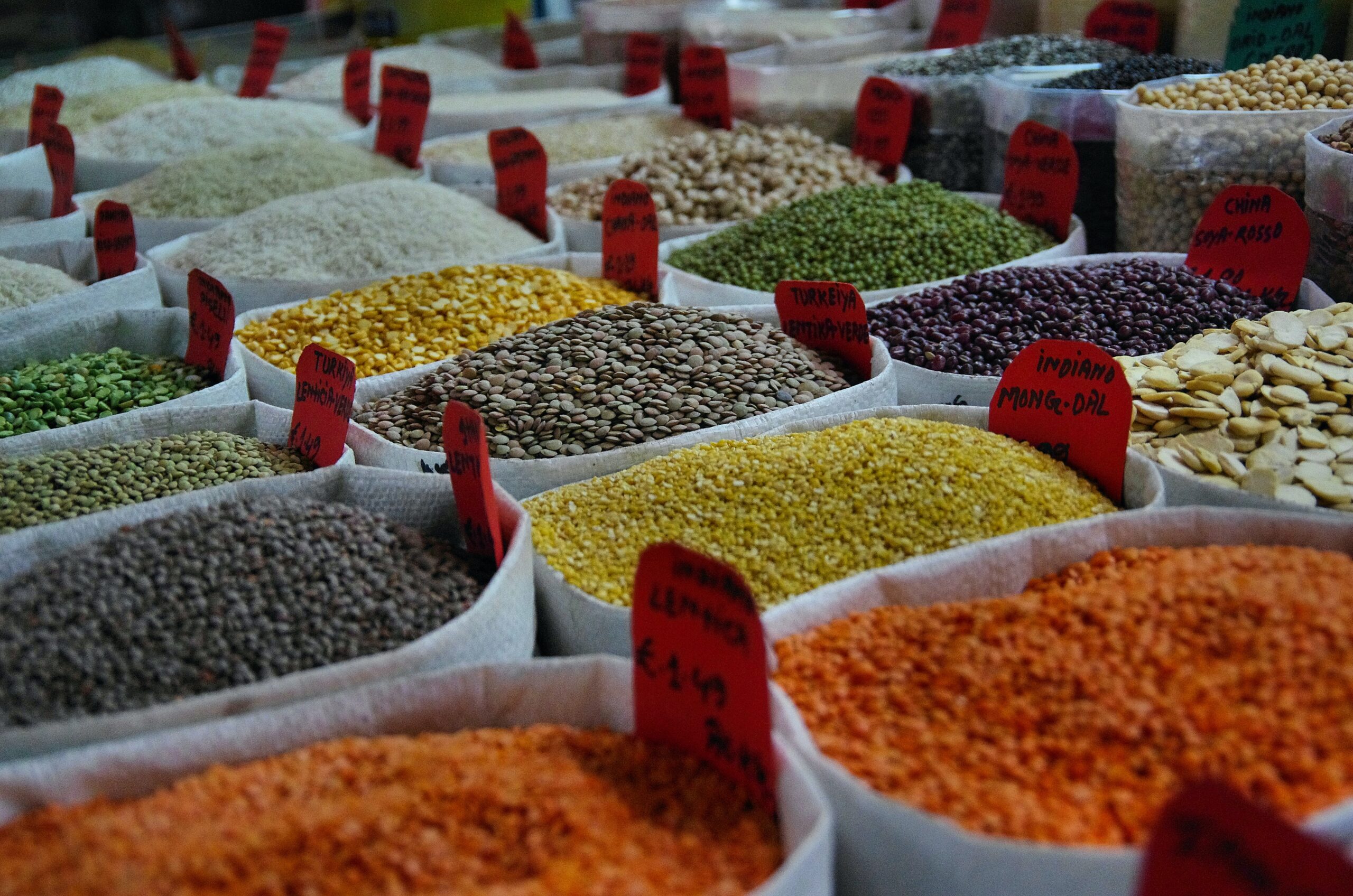Despite being vulnerable to extreme weather, Odisha produced the most food grains ever for the State in 2022–2023 with 13.606 million tonnes because to scientific interventions and successful extension programmes.
“The food-grains production of Odisha for 2022-23 is estimated to be 13.606 million tonnes which is a record. We are grateful to all the farmers, extension workers, Scientists, and stakeholders for the incredible results. We re-commit to toil for the tillers,” Arabinda Kumar Padhee, Secretary of Odisha’s Department of Agriculture and Farmers’ Empowerment.
The State has before only once produced more over 13 million tonnes of food grains, which occurred in 2020–21. 11.682 million tonnes and 11.688 million tonnes, respectively, during 2019–20 and 2016–17, were the two previous best numbers.
The production figure was calculated using estimated yields for rice, wheat, maize, ragi, jawar, bajra, and various millets and pulses including green gramme, black gramme, horse gramme, arhar, bengal gramme, field pea and lentil.
The agriculture department credited evenly distributed rainfall, prompt delivery of agricultural inputs like seeds, fertiliser, and pesticides as well as credit, livelihood support assistance through flagship programmes like “KALIA,” and dissemination of scientific crop management practises through traditional and digital extension for the record production in 2022–2023 crop year.
Given that the crop area in the State has stayed mostly constant over time, the accomplishment takes enormous significance. However, due to the efficient implementation of programmes like the Odisha Millet Mission and other crop diversification projects, more land is now being used for non-paddy crops than for paddy, which has decreased.
Weekly meetings of the Crop Weather Watch Group, field visits by district nodal officials, and finally video conferencing with the districts and blocks all serve as means of monitoring the planned crop programme. In the event of bad weather, it aids authorities in determining when action is necessary. The system was developed because cyclones, floods, and drought commonly affect the State.
Additionally, district-level advance crop planning is done with the help of representatives from related departments like water resources, cooperation, fertiliser manufacturers, seed supply agencies, bankers, and scientists from Krishi Vigyan Kendras, taking into account the agroclimatic zone in which the district is located.
The department states that farmers prioritised better water management techniques, particularly the use of water-saving tools like sprinklers and drip systems, as well as climate-resilient cultivation practises and non-paddy crops that require less water. They also adopted large-scale farm mechanisation, particularly the introduction of women-friendly farm implements that reduce drudgery for women.
The output of food-grains was increased in part by the capacity building of farmers through crop-specific training programmes with an emphasis on integrated nutrition management and integrated pest control.
Odisha is now a paddy production surplus state as a result of the agriculture sector’s ongoing improvement. It is the fourth-largest contributor to Food Corporation of India’s paddy pool. According to data for 2020–21, Odisha produces 4.22% of all food grains produced in India as well as 9% of the nation’s rice.
The State tops the list for producing jackfruit, sweet potatoes, and paddy straw mushrooms. It comes in second for producing brinjal and cabbage, third for producing cashew nuts, fifth for producing watermelon and tomatoes, and sixth for producing cauliflower.

